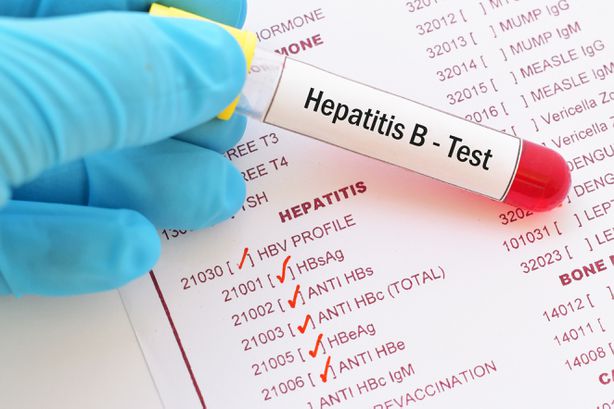The World Health Organization has officially classified the Hepatitis D virus (HDV) as carcinogenic to humans, intensifying global concerns over rising liver disease cases. This major health declaration highlights the growing threat HDV poses to public health, especially as liver cancer and cirrhosis-related deaths surge worldwide.
Hepatitis D, also known as delta hepatitis, is a rare but aggressive liver infection that only occurs in individuals already infected with the Hepatitis B virus (HBV). HDV cannot survive on its own and must co-infect or superinfect someone who is HBV-positive. Despite its rarity, HDV leads to far more severe liver complications compared to HBV alone. According to health experts, individuals with HDV face a two- to six-fold higher risk of developing liver cancer.
The classification of HDV as carcinogenic places it alongside hepatitis B and C, which are already known contributors to liver cancer. This move is intended to accelerate global action toward eliminating viral hepatitis as a public health threat. It also underscores the urgent need for greater awareness, improved screening programs, and expanded access to treatment.
Current treatments for hepatitis D remain limited. Unlike hepatitis C, which can be cured in two to three months with oral medication, or hepatitis B, which can be managed with lifelong therapy, HDV treatment options are still evolving. Advances in vaccination, timely diagnosis, and harm reduction strategies are essential in reducing the disease burden and preventing liver-related deaths.
Liver diseases, including those caused by hepatitis viruses, affect over 300 million people globally and cause approximately 1.3 million deaths annually. The most common causes of these deaths are liver cirrhosis and cancer. Shockingly, many individuals living with hepatitis are unaware of their infection due to lack of symptoms in the early stages.
With liver disease cases on the rise, the classification of HDV as a cancer-causing agent adds urgency to public health efforts. Preventive strategies, especially for hepatitis B which enables HDV infection will play a crucial role in managing future risks. Regular screening, particularly among HBV-positive individuals, early detection of HDV, and ongoing research into treatments are key to controlling the global hepatitis crisis.

